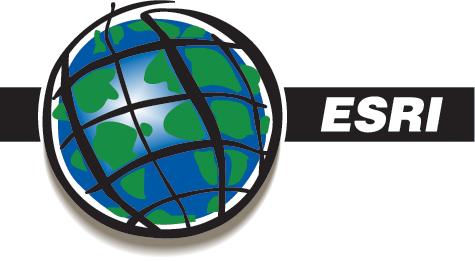Esri’s ArcGIS is a geographic information system (GIS) for working with maps and geographic information. Users can research maps, images, geo databases, and tools, as a web service.Read more…
GIS
A geographic information system (GIS) is a system designed to capture, store, manipulate, analyze, manage, and present all types of spatial or geographical data. The acronym GIS is sometimes used for geographical information science or geospatial information studies to refer to the academic discipline or career of working with geographic information systems and is a large domain within the broader academic discipline of Geoinformatics.
Envi
Produced by Exelis, ENVI (ENvironment for Visualizing Images) is a software application used to process and analyze geospatial imagery. This program is used mostly by image analysts and GIS professionals. ENVI can also integrate with ArcGIS from Esri.Read more…
IDV
The Integrated Data Viewer (IDV) is a Java-based software framework for analyzing and visualizing geoscience data. IDV is developed at the Unidata Program Center (UPC), part of the University Corporation for Atmospheric Research (UCAR), Boulder, Colorado, which is funded by the National Science Foundation. The IDV “reference application” is a geoscience display and analysis software system with many of the standard data displays that other Unidata software (e.g. GEMPAK and McIDAS) provide. It brings together the ability to display and work with satellite imagery, gridded data (for example, numerical weather prediction model output), surface observations, balloon soundings, NWS WSR-88D Level II and Level III RADAR data, and NOAA National Profiler Network data, all within a unified interface. It also provides 3-D views of the earth system and allows users to interactively slice, dice, and probe the data, creating cross-sections, profiles, animations and value read-outs of multi-dimensional data sets. The IDV can display any Earth-located data if it is provided in a known format.
A training guide is available here.

